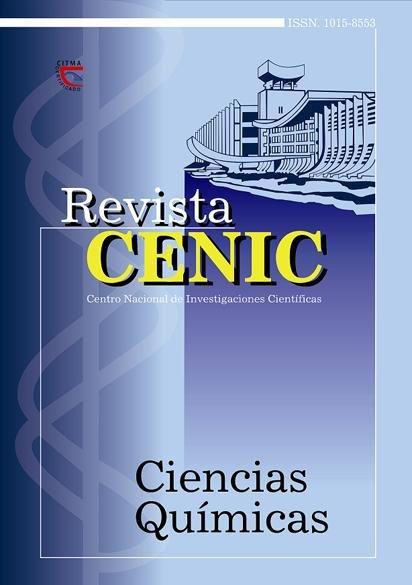Influence of SO2 and NOx on atmospheric corrosion of steel
Abstract
Significant damages have been caused by sulfur and nitrogen pollutants produced by man activity to buildings and constructions including those linked to the cultural heritage in industrialized countries during the last century. These damages caused a substantial cost. It is considered that at present the figure I about nine thousand million US dollars each year. It has been very well established, that sulfur compounds, particularly sulfur dioxide, accelerate the degradation processes of many materials. More recent
studies have also shown that the importance of other pollutants, such as O3, nitrogen oxides and organic acids on the degradation of materials. Salinity and sulfur compounds were determined every month by using accumulative methods at two test stations. Gaseous pollutants were also determined at two test stations by the use of volumetric methods. The corrosion of carbon steel was evaluated by weight loss. Data for pollutants and steel weight loss were processed. The results show that among the aerochemical factors, the most influential ones on the explanation for the variations of the corrosive activity of the atmosphere in the tested stations were nitrogen monoxide and ammonia, and that the interaction between chloride ions and NO causes an increase in AISI 1020 steel corrosion. It explains its great incidence detected at the Casablanca station, while SO2 influence is not significant on the steel corrosion changes.

Downloads
Published
How to Cite
Issue
Section
License
Copyright (c) 2002 Copyright (c) 2002 Revista CENIC Ciencias Químicas

This work is licensed under a Creative Commons Attribution-NonCommercial-ShareAlike 4.0 International License.
Los autores que publican en esta revista están de acuerdo con los siguientes términos:
Los autores conservan los derechos de autor y garantizan a la revista el derecho de ser la primera publicación del trabajo al igual que licenciado bajo una Creative Commons Atribución-NoComercial-CompartirIgual 4.0 que permite a otros compartir el trabajo con un reconocimiento de la autoría del trabajo y la publicación inicial en esta revista.
Los autores pueden establecer por separado acuerdos adicionales para la distribución no exclusiva de la versión de la obra publicada en la revista (por ejemplo, situarlo en un repositorio institucional o publicarlo en un libro), con un reconocimiento de su publicación inicial en esta revista.
Se permite y se anima a los autores a difundir sus trabajos electrónicamente (por ejemplo, en repositorios institucionales o en su propio sitio web) antes y durante el proceso de envío, ya que puede dar lugar a intercambios productivos, así como a una citación más temprana y mayor de los trabajos publicados (Véase The Effect of Open Access) (en inglés).













